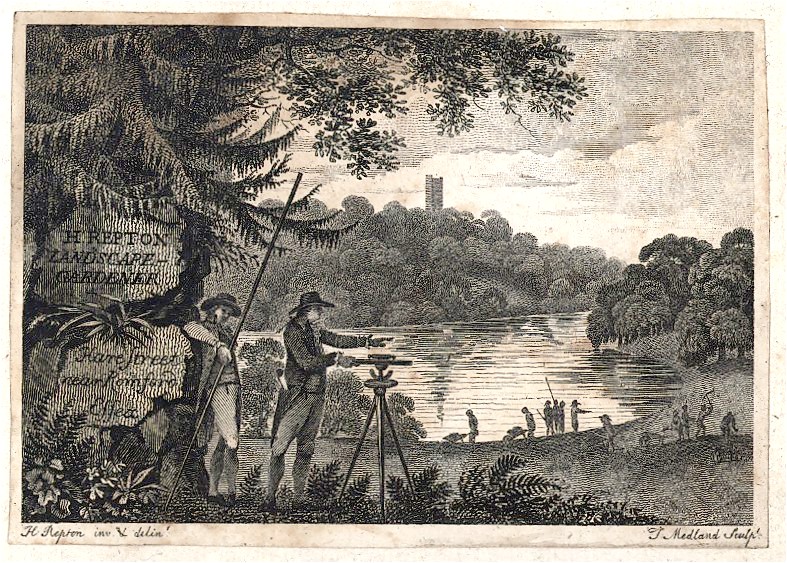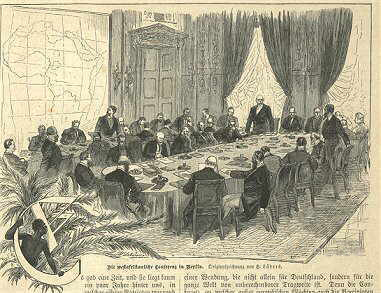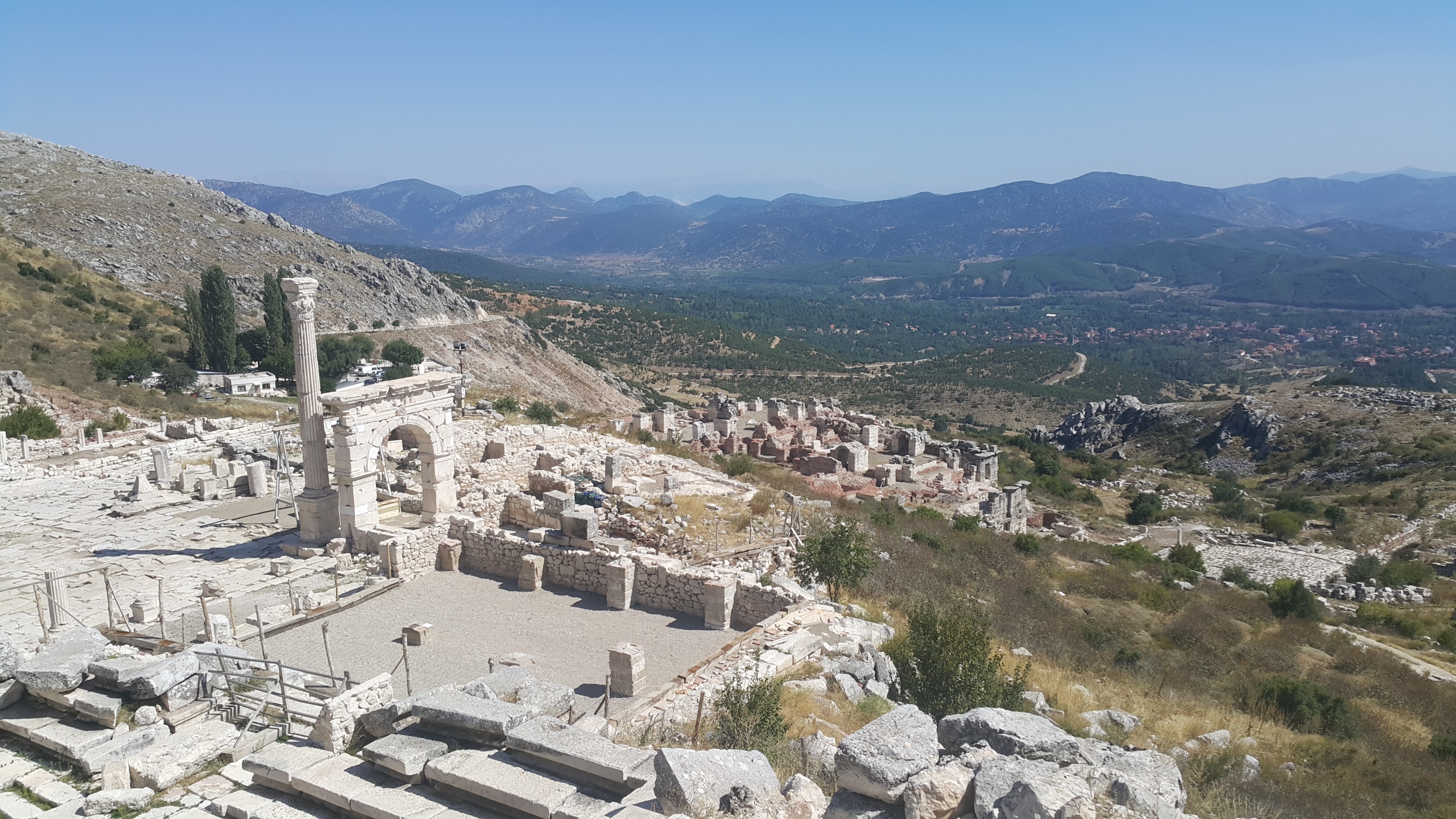|
Royal Museum For Central Africa
The Royal Museum for Central Africa (RMCA) (; ; ), communicating under the name AfricaMuseum since 2018, is an ethnography and natural history museum situated in Tervuren in Flemish Brabant, Belgium, just outside Brussels. It was originally built to showcase King Leopold II's Congo Free State in the International Exposition of 1897. The museum focuses on the Congo, a former Belgian colony. The sphere of interest, however, especially in biological research, extends to the whole Congo Basin, Central Africa, East Africa, and West Africa, attempting to integrate "Africa" as a whole. Intended originally as a colonial museum, from 1960 onwards it has focused more on ethnography and anthropology. Like most museums, it houses a research department in addition to its public exhibit department. Not all research pertains to Africa (e.g. research on the archaeozoology of Sagalassos, Turkey). Some researchers have strong ties with the Royal Belgian Institute of Natural Sciences. In N ... [...More Info...] [...Related Items...] OR: [Wikipedia] [Google] [Baidu] |
Tervuren
Tervuren (; ) is a municipality in the province of Flemish Brabant, in the Flemish region of Belgium. The municipality comprises the villages of Duisburg, Tervuren proper, Vossem and Moorsel. On 1 January 2006, Tervuren had a total population of 20,636. The total area is , which gives a population density of . The official language of Tervuren is Dutch, as in the rest of Flanders. Local minorities consist primarily of French-speakers and nationals of many countries of the European Union, the UK, the USA, and Canada. The reason for this diverse mix of nationalities is the presence of expatriate workers and their families working in and around Brussels, usually either for the EU, NATO or for multinational corporations. The British School of Brussels has been located in Tervuren since 1970. Tervuren is also home of the English speaking St. Paul's Church, part of the Anglican Church Tervuren is one of the richest municipalities in Belgium. Directly adjoining the Brussels-Capit ... [...More Info...] [...Related Items...] OR: [Wikipedia] [Google] [Baidu] |
West Africa
West Africa, also known as Western Africa, is the westernmost region of Africa. The United Nations geoscheme for Africa#Western Africa, United Nations defines Western Africa as the 16 countries of Benin, Burkina Faso, Cape Verde, The Gambia, Ghana, Guinea, Guinea-Bissau, Ivory Coast, Liberia, Mali, Mauritania, Niger, Nigeria, Senegal, Sierra Leone, and Togo, as well as Saint Helena, Ascension and Tristan da Cunha (United Kingdom Overseas Territories, United Kingdom Overseas Territory).Paul R. Masson, Catherine Anne Pattillo, "Monetary union in West Africa (ECOWAS): is it desirable and how could it be achieved?" (Introduction). International Monetary Fund, 2001. The population of West Africa is estimated at around million people as of , and at 381,981,000 as of 2017, of which 189,672,000 were female and 192,309,000 male.United Nations Department of Economic and Social Affairs, Population Division (2017). World Population Prospects: The 2017 Revision, custom data acquired via webs ... [...More Info...] [...Related Items...] OR: [Wikipedia] [Google] [Baidu] |
Elie Lainé
Elie Lainé (1829–1911) was a French landscape architect, chiefly remembered for the restoration of the gardens at Vaux-le-Vicomte, the layout of the grounds at Waddesdon Manor and the creation of numerous parks and gardens for King Leopold II of Belgium. Biographical information Lainé was born in 1829 in the northern French town of Brain-sur-l'Authion in Maine-et-Loire, where most of his family were small-scale farmers. He worked as a gardener in the nearby town of Angers in his twenties. Once he was established as a landscape architect, he set up his home and studio in the Petit-Montrouge area of Paris, and lived there between 1879 and 1898. Lainé never married, and retired to a grand house he designed in his home town, Brain-sur-l'Authion, where he died in 1911, aged 82. Projects in England and France His first project of note as a landscape architect was for Ferdinand de Rothschild, whose home at Waddesdon Manor in Buckinghamshire, England, was designed by the Parisian a ... [...More Info...] [...Related Items...] OR: [Wikipedia] [Google] [Baidu] |
Landscape Architect
A landscape architect is a person who is educated in the field of landscape architecture. The practice of landscape architecture includes: site analysis, site inventory, site planning, land planning, planting design, grading, storm water management, sustainable design, construction specification, and ensuring that all plans meet the current building codes and local and federal ordinances. The practice of landscape architecture dates to some of the earliest of human cultures and just as much as the practice of medicine has been inimical to the species and ubiquitous worldwide for several millennia. However, this article examines the modern profession and educational discipline of those practicing the design of landscape architecture. In the 1700s, Humphry Repton described his occupation as "landscape gardener" on business cards he had prepared to represent him in work that now would be described as that of a landscape architect. The title, "landscape architect", was first used ... [...More Info...] [...Related Items...] OR: [Wikipedia] [Google] [Baidu] |
Alfred-Philibert Aldrophe
Alfred-Philibert Aldrophe (7 February 1834 – 29 October 1895) was a French architect. Biography Born in Paris, he worked on the Great Exhibitions held in the city in 1855 and 1867. As the architect of the Consistory of Paris, in 1867 he began construction of the Grand Synagogue of Paris which opened in 1874, and became available for public worship in 1875. The Synagogue is in a Romanesque style, with flowers, embellished with Byzantine ornamentation. In 1886, he also built the Versailles Synagogue, in the novel style. He became the architect of Gustave de Rothschild, and built for him, between 1873 and 1883, his mansion, Hôtel de Marigny (now state property, annexed to the Palais de l'Élysée). After an initial phase of work, from 1873, a wing back pierced by a gate giving access to the courtyard was erected on the Avenue de Marigny, and another building was constructed along the street. Along this building, located in back yard, were Corinthian columns and a pediment car ... [...More Info...] [...Related Items...] OR: [Wikipedia] [Google] [Baidu] |
Africa Palace
The Africa Palace or Palace of Africa (; or ) is a neoclassical palace in Tervuren in Flemish Brabant, Belgium, just outside Brussels. It was originally built in 1897 by order of King Leopold II to house the colonial section of the 1897 International Exposition. Nowadays, it is part of the Royal Museum for Central Africa (RMCA), and houses offices, storage rooms, classrooms and a reception hall. It was formerly called the Palace of the Colonies ( or ; ) until 2018. History International Exposition (1897) The Palace of the Colonies was built in 1897 by order of King Leopold II to plans by the French architect Alfred-Philibert Aldrophe to host the first Congo Exhibition (colonial section of the 1897 International Exposition). The exhibition, divided into four sections, displayed ethnographic objects, stuffed animals and Congolese export products (e.g. coffee, cacao and tobacco). In the main hall, known as the Hall of the Great Cultures (), the architect and decorator desig ... [...More Info...] [...Related Items...] OR: [Wikipedia] [Google] [Baidu] |
Avenue De Tervueren
The (French language, French, ) or (Dutch language, Dutch, ) is a major road, thoroughfare in Brussels, Belgium. It was originally commissioned by King Leopold II of Belgium, Leopold II as part of his building campaign, and was finished in 1897, in time for the Brussels International (1897), Brussels International Exhibition of that year. Geographically, the Avenue de Tervueren forms a continuation of the Rue de la Loi, Rue de la Loi/Wetstraat, which ends at the western end of the Cinquantenaire, Parc du Cinquantenaire/Jubelpark, running from Merode station in the west, connecting with Square Maréchal Montgomery, Square Maréchal Montgomery/Maarschalk Montgomeryplein, passing through the municipality of Woluwe-Saint-Pierre and the Brussels Ring, Ring at /, and finishing at the park in Tervuren. A tunnel starting just west of the Robert Schuman Roundabout takes the Rue de la Loi's main lane under the Cinquantenaire (with a short uncovered section in the centre of the park), a ... [...More Info...] [...Related Items...] OR: [Wikipedia] [Google] [Baidu] |
Pentagon (Brussels)
The Pentagon (; ) or Brussels' city centre is the historical city centre of Brussels, Belgium, within the contours of the Small Ring inner ring road. The Small Ring is located on the site of the second walls of Brussels, which were built in the 16th century. As in most European cities, these walls were replaced by large boulevards at the end of the 19th century. The Pentagon, within the Small Ring, covers and is more or less pentagonal or heart-shaped, hence its name. In 2013, 51,566 people lived there, mainly in the Marolles/Marollen district and west of the central boulevards. For the entire City of Brussels, there were 168,576 inhabitants; the majority living outside the Pentagon, in the northern part of the municipality. Neighbourhoods Neighbourhoods in the Pentagon include: * Central Quarter * Royal Quarter * Marolles/Marollen * Sablon/Zavel * Midi–Lemonnier Quarter * Senne Quarter * Quays Quarter * Marais–Jacqmain Quarter * Freedom Quarter The Fr ... [...More Info...] [...Related Items...] OR: [Wikipedia] [Google] [Baidu] |
Civilising Mission
The civilizing mission (; ; ) is a political rationale for military intervention and for colonization purporting to facilitate the cultural assimilation of indigenous peoples, especially in the period from the 15th to the 20th centuries. As a principle of Western culture, the term was most prominently used in justifying French colonialism in the late-15th to mid-20th centuries. The civilizing mission was the cultural justification for the colonization of French Algeria, French West Africa, French Indochina, Portuguese Angola and Portuguese Guinea, Portuguese Mozambique and Portuguese Timor, among other colonies. The civilizing mission also was a popular justification for the British and German colonialism. In the Russian Empire, it was also associated with the Russian conquest of Central Asia and the Russification of that region. The Western colonial powers claimed that, as Christian nations, they were duty bound to disseminate Western civilization to what they perceived as h ... [...More Info...] [...Related Items...] OR: [Wikipedia] [Google] [Baidu] |
Berlin Conference
The Berlin Conference of 1884–1885 was a meeting of colonial powers that concluded with the signing of the General Act of Berlin,''The Belgian Congo and the Berlin act'' by Keith, Arthur Berriedale, 1919, p. 52. an agreement regulating European colonisation and trade in Africa during the period. The conference of fourteen countries was organised by |
Royal Belgian Institute Of Natural Sciences
The Museum of Natural Sciences (, ; , ) is a Brussels museum dedicated to natural history. It is a part of the Royal Belgian Institute of Natural Sciences (; ), itself part of the institutions of the Belgian Federal Science Policy Office (BELSPO). The Dinosaur Hall of the museum is the world's largest museum hall completely dedicated to dinosaurs. Its most important pieces are 30 fossilised ''Iguanodon'' skeletons, which were discovered in 1878 in Bernissart, Belgium. Another famous piece is the Ishango bone, which was discovered in 1960 by Jean de Heinzelin de Braucourt in the Belgian Congo. The museum also houses a research department and a public exhibit department. The museum is located at 29, /, in Leopold Park, close to the Brussels and the European Union#European Quarter, European institutions and the House of European History (HEH). This area is served by Brussels-Luxembourg railway station, as well as by the Brussels Metro, metro stations Maalbeek/Maelbeek metro statio ... [...More Info...] [...Related Items...] OR: [Wikipedia] [Google] [Baidu] |
Sagalassos
Sagalassos (), also known as Selgessos () and Sagallesos (), is an archaeological site in southwestern Turkey, about 100 km north of Antalya (ancient Attaleia) and 30 km from Burdur and Isparta. The ancient ruins of Sagalassos are 7 km from Ağlasun (as well as being its namesake) in the province of Burdur, on Mount Akdağ, in the Western Taurus mountains range, at an altitude of 1450–1700 metres. In Roman Imperial times, the town was known as the "first city of Pisidia", a region in the western Taurus mountains, currently known as the Turkish Lakes Region. During the Hellenistic period it was already one of the major Pisidian towns. Introduction The urban site was laid out on various terraces at an altitude between 1400 and 1600 m. After suffering from a major earthquake in the early sixth century CE, the town managed to recover, but a cocktail of epidemics, water shortages, a general lack of security and stability, a failing economy and finally a ... [...More Info...] [...Related Items...] OR: [Wikipedia] [Google] [Baidu] |









